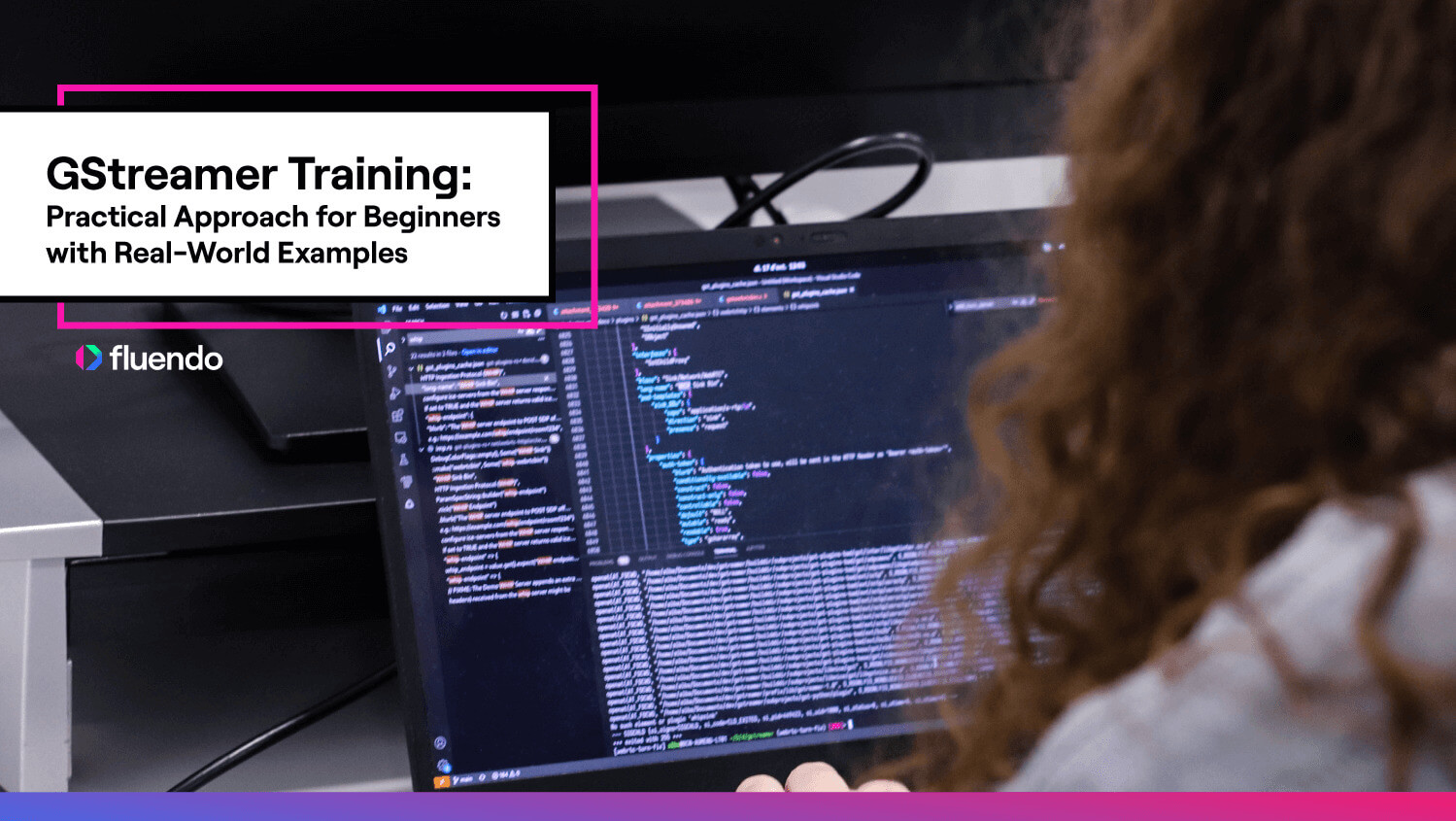
GStreamer Training: Practical Approach for Beginners with Real-World Examples

Written by
Alexander SlobodeniukJune 15, 2023
We recently conducted a GStreamer training session for a company focusing on C++, low-latency video, and hardware acceleration. They had team members who needed to gain experience with GStreamer.
Our goal was to make the training as practical as possible. Practice is the best, if not the only, way to truly grasp the subject. However, when dealing with an extensive framework like GStreamer, we must carefully choose the topics to cover during class hours. Since so many things have to be mentioned to provide a complete vision of GStreamer.
At the same time, another challenge was that some students were new to GStreamer. It was challenging as the amount of information to absorb in a few days was quite substantial. We always relied on the participant’s familiarity with the previous sessions to delve into more advanced concepts.
Typically, we focus on modules relevant to the client while skipping unused parts, ensuring a comprehensive understanding of the fundamental and commonly used aspects. We start with a detailed explanation of the GObject and GLib Dynamic Type system because it is a foundation after classic C/C++ programming.
We progress module by module, exploring the implementation of GStreamer. We cover caps negotiation, buffer pool negotiation, context sharing, dynamic pipelines, and multithreading topics.
Throughout the training, we built an environment where students could ask questions anytime. Encouraging structured discussions to address doubts promptly. To make the most of our limited time, we adopted several strategies:
- We split the regular 8-hour sessions into two days, allowing participants to avoid overwhelming information overload.
- We provided code examples that were simple and easily adaptable, enabling anyone to build upon them.
- We dedicated specific hours to explain these code examples commit by commit.
- We allocated ample time for questions, doubts, and feedback, ensuring a productive learning experience.
How did it go?
In the middle of the training, the students asked if we could provide a presentation about CUDA. Fortunately, we had relevant experience and prepared additional slides and code snippets to address their curiosity.
Furthermore, the participants quickly grasped the initial GStreamer examples, prompting us to provide more challenging exercises.
In conclusion, the feedback we received was very positive, and we are proud to deliver an exceptional training experience.
Whether you’re a beginner or looking to expand your knowledge, our GStreamer training is designed to meet your needs. Unlock the full potential of GStreamer by contacting us here!
